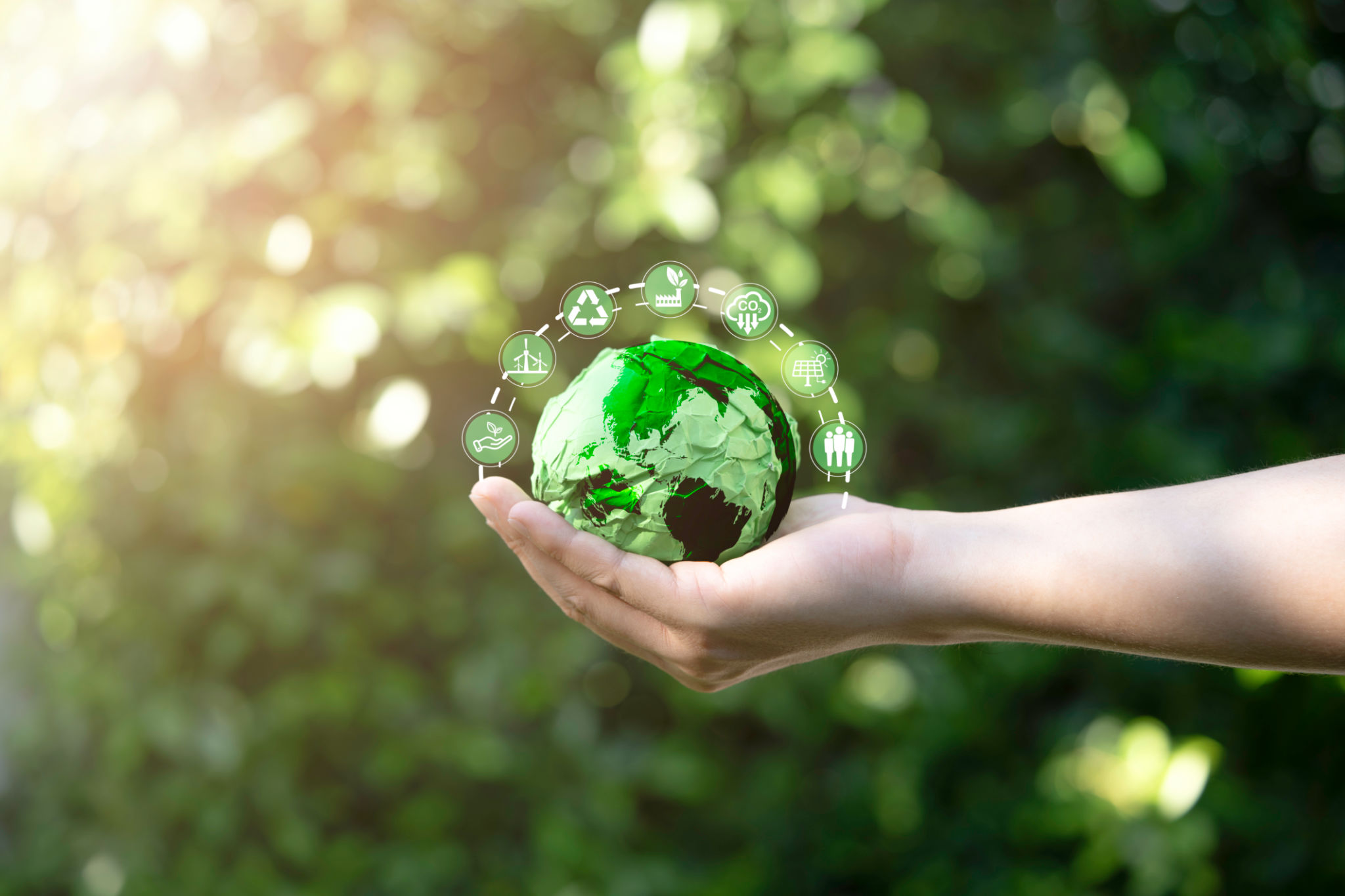Comparing UPVC Spray Painting vs. Traditional Painting Methods
JG
Understanding UPVC Spray Painting
UPVC spray painting is a modern technique that has gained popularity for refreshing and revitalizing UPVC surfaces such as windows, doors, and conservatories. This method involves using specialized spray paint to coat the UPVC material, offering a new lease of life to the surfaces without the need for a complete replacement. The appeal of UPVC spray painting lies in its ability to provide a smooth, even finish that is both durable and aesthetically pleasing.
The process of UPVC spray painting is relatively quick and straightforward. It involves cleaning the surface, applying a primer, and then spraying the paint evenly across the area. This technique allows for a wide variety of color choices, enabling homeowners to customize their UPVC fixtures to match their personal style or the latest trends.

Traditional Painting Methods
Traditional painting methods, on the other hand, have been the go-to solution for home renovations for decades. These methods typically involve using brushes or rollers to apply paint to surfaces. While traditional painting is versatile and can be used on a variety of materials, it often requires more time and effort compared to spray painting.
One of the main advantages of traditional painting is its accessibility. Most people are familiar with the process, and the materials needed are readily available. However, achieving a smooth and even finish can be challenging, especially on textured or uneven surfaces. Additionally, traditional painting can be more labor-intensive and may require multiple coats to achieve the desired look.

Cost Comparison
When comparing the cost of UPVC spray painting and traditional painting methods, several factors come into play. UPVC spray painting can initially seem more expensive due to the need for specialized equipment and paint. However, it often proves to be more cost-effective in the long run. The durability and longevity of spray-painted surfaces mean that they require less frequent touch-ups or repaints, saving homeowners money over time.
Traditional painting methods may have a lower upfront cost, but the need for more frequent maintenance and potential issues with peeling or chipping paint can add to the overall expense. It's important for homeowners to consider the long-term costs and benefits when deciding between these two painting methods.
Durability and Maintenance
Durability is a crucial factor to consider when choosing a painting method. UPVC spray painting offers a highly durable finish that is resistant to weathering, fading, and UV damage. This makes it an excellent choice for exterior surfaces that are exposed to the elements. Additionally, the maintenance required for spray-painted surfaces is minimal, often only needing a simple wipe-down to keep them looking fresh.

Traditional painting methods may not offer the same level of durability, especially for exterior applications. Paint applied with brushes or rollers can be prone to chipping, cracking, and fading over time, particularly when exposed to harsh weather conditions. Regular maintenance, including touch-ups and repaints, may be necessary to maintain the appearance of traditionally painted surfaces.
Aesthetic Flexibility
Both UPVC spray painting and traditional painting methods offer a range of aesthetic options, but UPVC spray painting provides a higher degree of flexibility. With spray painting, homeowners can choose from a vast array of colors and finishes, including matte, satin, and gloss. This allows for greater creativity and customization, enabling homeowners to achieve the exact look they desire.
Traditional painting methods also offer a variety of color choices, but the application process can limit the types of finishes that can be achieved. Achieving a perfectly smooth and even finish with brushes or rollers can be more challenging, particularly for intricate designs or patterns.
Environmental Considerations
Environmental impact is an increasingly important consideration for many homeowners. UPVC spray painting is generally considered to be more environmentally friendly than traditional painting methods. The use of specialized spray paints often results in less waste and overspray, reducing the overall environmental footprint of the project.

Traditional painting methods can produce more waste, particularly with the use of brushes and rollers that need to be cleaned or replaced. Additionally, some traditional paints may contain volatile organic compounds (VOCs), which can have negative environmental and health impacts.
Conclusion
In conclusion, both UPVC spray painting and traditional painting methods have their own set of advantages and disadvantages. UPVC spray painting offers a modern, efficient, and durable solution for updating UPVC surfaces, while traditional painting methods provide a tried-and-true approach that is accessible to most homeowners. Ultimately, the choice between these two methods will depend on individual preferences, budget, and the specific needs of the project.
Homeowners should carefully weigh the pros and cons of each method, considering factors such as cost, durability, aesthetic flexibility, and environmental impact, to make an informed decision that best suits their needs and preferences.